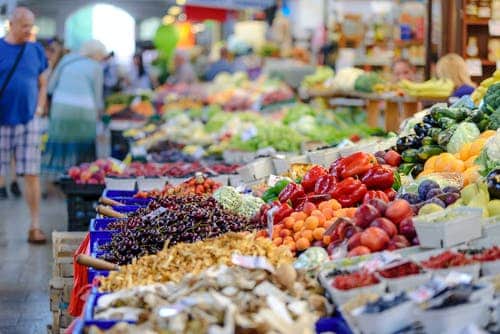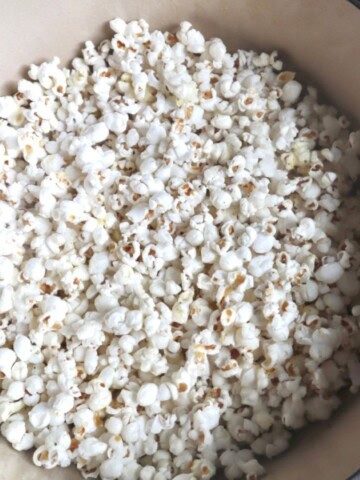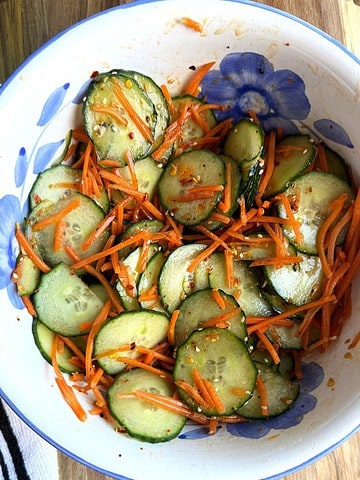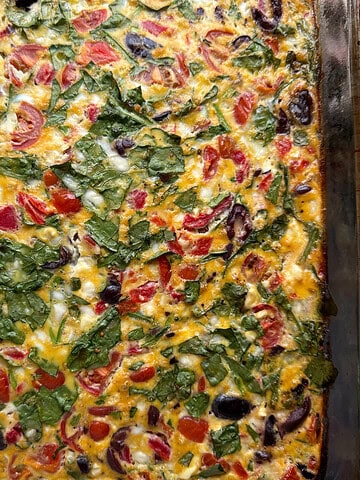Are high grocery prices impacting you and your budget? Are you looking for ways to save money on groceries as well as looking for frugal shopping strategies? Today I’m sharing with you 15 total tips and tricks to save money on groceries and stretch your food budget.

One: Know Your Budget
Step one is a pre-step, but in order to spend money on groceries, you need to know your grocery budget. The cost of groceries keep increasing so this step might have to be fluid and ready to adjust your budget depending on what your meal plan is each week.
Most personal finance coaches recommend spending 10-15 percent of your income on groceries. So if you make $2,000 a month, you should spend between $200 and $300 a month on groceries.
Is budgeting a foreign concept to you? If you’ve never created a budget before and don’t know where to start, check out my post about creating a budget here.
Two: Plan Ahead and Shop the Ads
One of my biggest keys to success with budgeting and keeping my costs low at the grocery store is planning ahead and shopping for items in my grocery stores’ advertisements. Meal planning helps save on grocery bills and also simplifies the decisions you have to make each week. When I say planning ahead, I mean that I do a couple different things.
- Check my schedule and plan my meals. Before I even head to the grocery store, I use my planner to check what my week will look like. Depending how busy my week is determines how I structure my meal plan. I like to know and note those things so I can plan my meals and have them written out before I even go to the store.
- Shop from my pantry first. Before buying groceries, I take inventory of what I already have at my house, and try to use those things first, before I buy more. When trying to save money on groceries, one of the easiest ways is to use up what food you have on hand at first.
- Always Bring Lunch to Work This tip alone saves me $200-$300 a month. Think about it: if I didn’t bring my lunch to work I would have to grab something from a local restaurant, or I would have to run home and eat there. I don’t have time to drive to my house, eat lunch, and drive back during my lunch break, so I would have to buy something at a local spot. If I figure the average lunch costs $10-$15, and there are 20 work days in a month, that would be $200-$300 dollars a month. Just on lunch. When trying to be frugal with your grocery budget, eating out for lunch is not an option.
- Go to the store once a week, and at a quiet time. This unique grocery budget tip helps me so much! I try to go to the grocery store just once a week, and at a time when other people are not there. Some of the busiest times at the grocery store are Friday afternoon, Saturday morning, and Sunday morning and afternoon. I always try to avoid the store at those times. I normally go to the grocery store on Saturday afternoon for the following week.
- Eat before buying groceries. Studies show people are prone to impulse buying at the grocery store when they shop hungry, so always eat before you go in the store so you won’t shop with your stomach!
- Shop the ads . One easy way to save on your grocery budget is to shop the grocery store ads. Nearly every store puts out a weekly advertisement with special pricing. I like to check multiple stores while planning my grocery list to see what’s on sale. The stores in my town will also price match the competition so check and see if your store will do that as well. Be prepared to buy in bulk if something is a really good deal. If shredded cheese goes on sale for 3 bags for $5, I will stock up and freeze for a later date. The same with meat; I may not need to eat it that week, but if it fits my budget that week, I can stock up for future weeks and save in the long run.
Three: Avoid Purchasing Instant Options
When I’m trying to save money on my grocery bill, I avoid things that have been processed and cook quickly. For example: I can buy microwave rice packets for $2 a serving, but I can buy an entire bag of rice with 15 servings for for $3. If I’m meal prepping anyway, I will cook rice for the entire week and stretch my budget. The same goes for chopped veggies and salad kits. Yes the convenience is really nice, but the cost is much higher. When it comes to saving money and stretching your budget, buying food raw and fresh is the most affordable.
Four: Buy Meat Wisely
- Buy in Bulk: Buying in bulk is a common frugal grocery savings strategy. Just like I shared before, I try to buy in bulk and when on sale. I apply these same concepts to meat purchases as well. For example, every few weeks, my store will sell pork butt for 99 cents a pound. I will get ten pounds for $10, and each week for a few weeks I will make pulled pork to take in my lunches. Here is my favorite pulled pork recipe!
- Check out your local meat locker: My other tip for buying meat is finding a local meat locker, and buying a portion of an animal at a lower cost per pound than at the grocery store. You can often buy beef or pork by the pound and pay between $2.50 and $3 per pound for cuts that would cost much more at the grocery store. This is how I get great cuts (like ribeye) for super cheap. I also love that I know that the meat is raised locally. If you don’t have a ton or space to store meat, go in with a friend and split an order.
- Go meatless: This is one of the best ways to save on your grocery budget. Often, meat is the most expensive item in your grocery cart. When you meal prep, see if you can go a couple meals without meat. If you’re concerned about protein or iron, replace your meat with high protein foods like beans and legumes, or quinoa. It can save you tons on your budget.
Five: Shop the Outer Ring of the Grocery Store
A lot of people apply the concept of “shop the outer part of the grocery store and avoid the aisles,” to a dieting concept, but it’s also for saving money on groceries. What does this mean? It means shopping the fresh grocery areas; normally the produce, meat department, and dairy department are located on the sides and back walls of a grocery store. Taking more time to plan ahead, and finding items on the outside of the store can help you save a lot.
Six: Use a Cash Back App
I took advantage of a cashback grocery app a couple years ago, and I wish I would have sooner. I use Ibotta (enter code chhlxak for instant cash back), an app that pays you for purchases you make at the grocery store by scanning your receipt after you’ve finished shopping. Just this year, from March to September, I’ve made $60, and I’m mostly just shopping for myself. This app is great because it’s like a savings account. I can’t withdraw the funds until I’ve reached at least $20 cash back. This app was crucial to me when I was trying to save when I had very little money to save. If you’re going to be buying groceries and feeding yourself (which I assume you will be), you might as well save money while doing it.
Those are my tips for saving money and stretching your budget at the grocery store. Do you have any tips?
If you’re looking for more personal finance guidance, check out my other posts:
Saving money when there’s nothing to save





Comments
No Comments